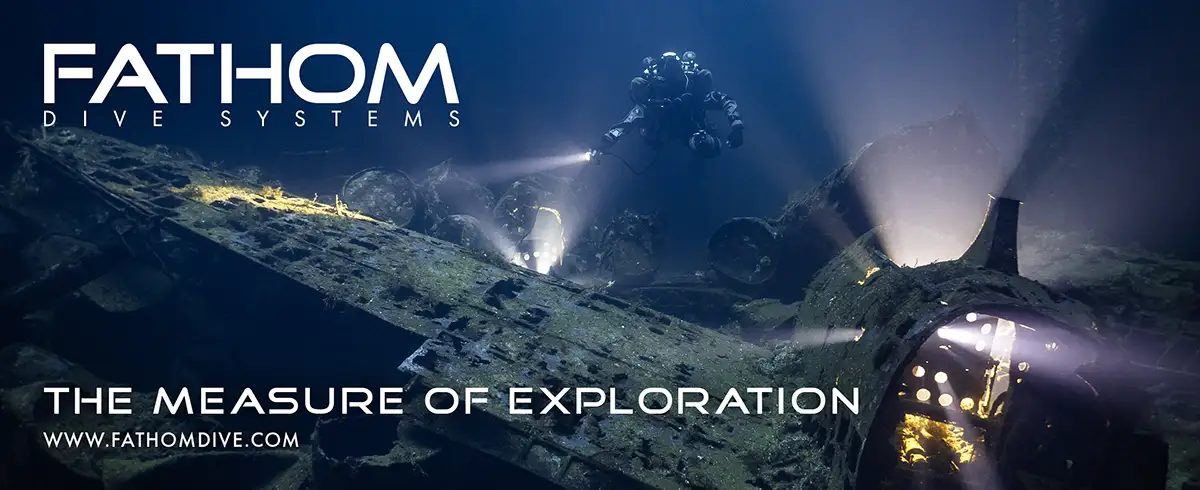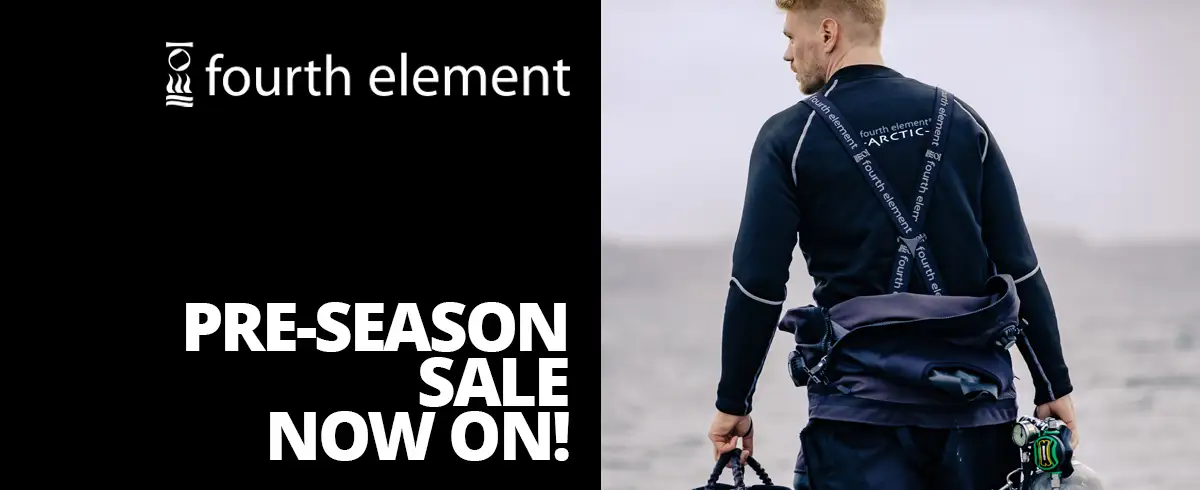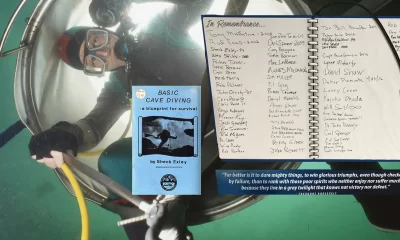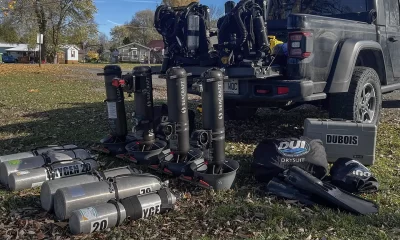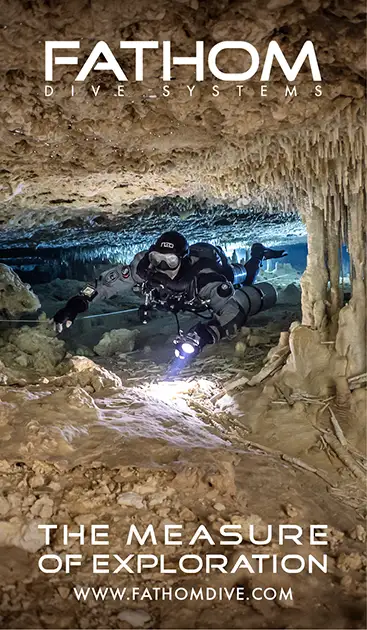Exploration
Feeding the Exploration Bug: Plumbing Cuvel Cornet, a high altitude cave in Switzerland
What would you do if you learned of a new cave that had yet to be explored? How about if it was located 2100 meters above sea level (almost 7000 feet)? It took Swiss cave diver Bruno Moser and his dive buddy all of five seconds to decide. Call it Bruno and Stephan’s Excellent Adventure! Start climbing.
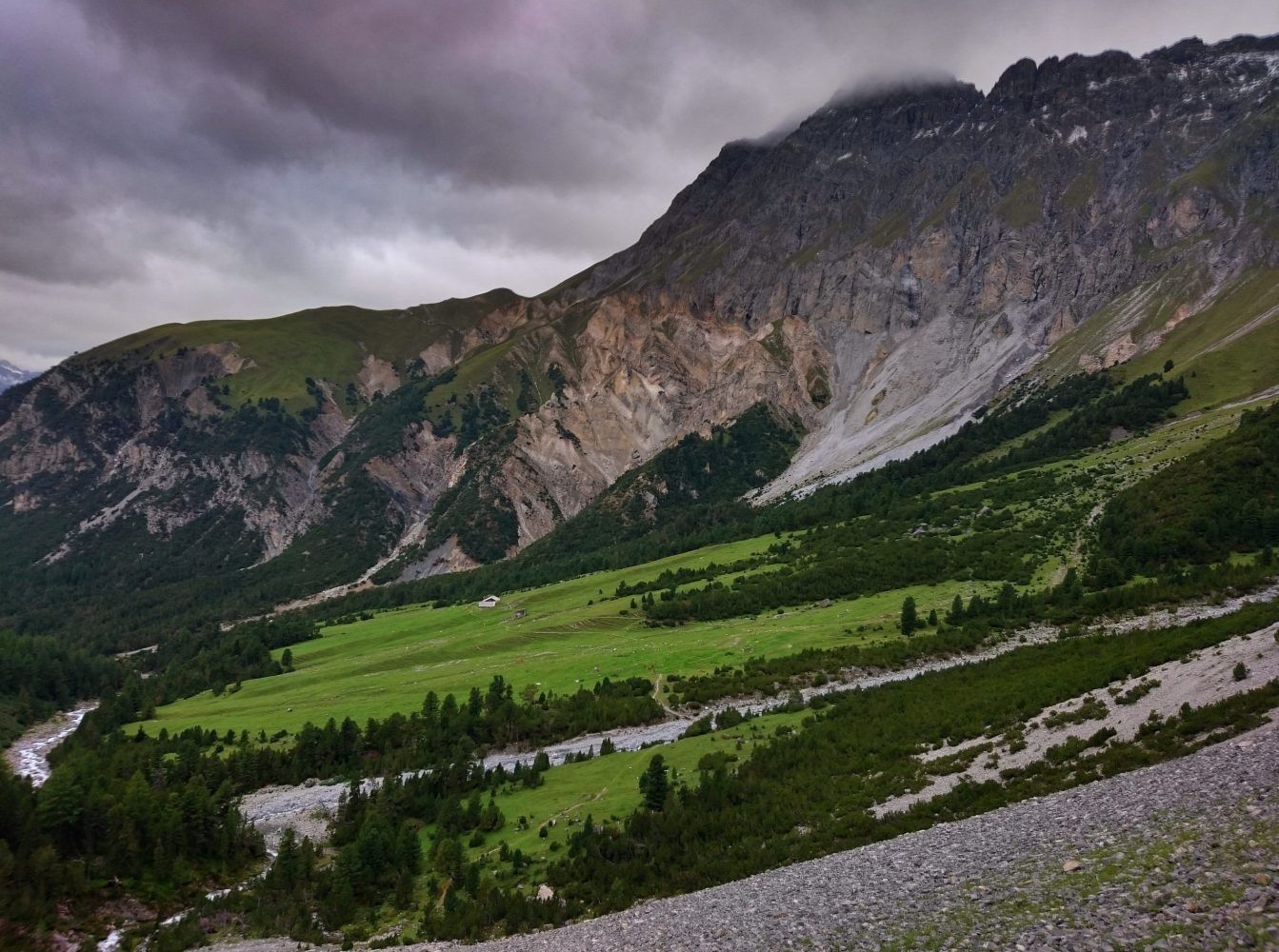
By Bruno Moser, translation by Veerle Sterken
Header photo courtesy of Bruno Moser
My good friend Stefan Koch, who is also a cave diver, told me that he got in touch with a well-known Swiss caver and found out some very interesting information about a high-altitude cave in the eastern part of Switzerland. My first thought was, Do I really want to transport all of that equipment up the mountains to go diving? Answer: Yes, I have to do it! You never know what kind of experience is waiting!
The research and preparation of this project took us a couple of months. As Stefan and I were not able to manage this dive on our own, we presented our plan to members of the SGH Schweizerisch Gesellschaft für Höhlenforschung (Swiss Speleological Society). Lucky for us, Diego Zanz and Martin “Scuro” Achtman were interested in helping us. So, the team was ready.
On a Friday afternoon we met in a parking lot near Berne and stuffed all of our equipment in a SEAT Alhambra with 4WD and headed towards Scuol Grissons. The Alhambra was quite overloaded because we were carrying single rope technique (SRT) climbing equipment for four people and cold water, sidemount cave diving equipment for three. I can tell you, it was quite a lot of stuff. We arrived at 23:00 h at the hotel in the small village where we planned to start the next morning.
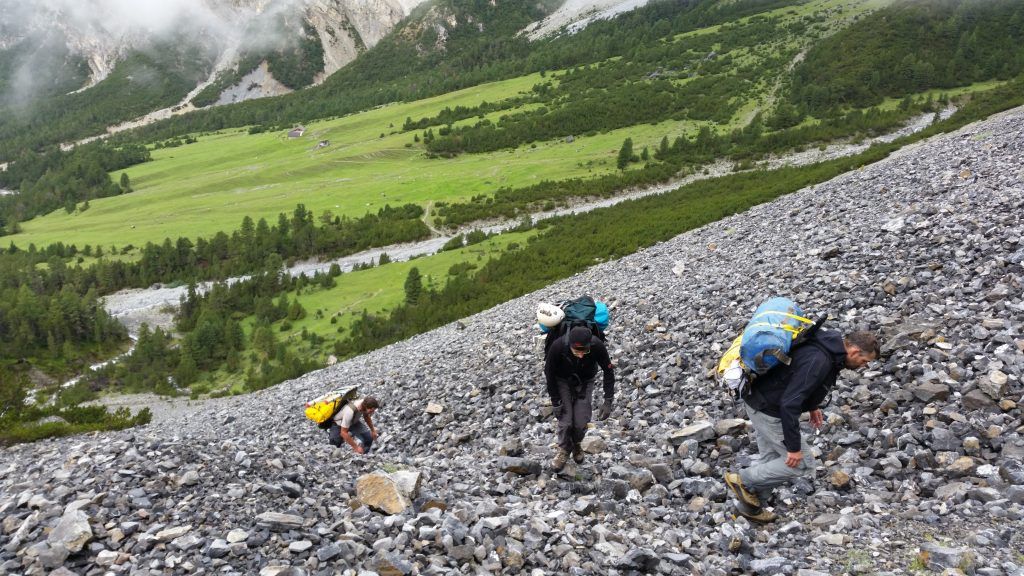
After an early breakfast, we jumped in our Alhambra, placed the special permission to access the restricted area by car behind the windscreen, and started driving. The goal was to get as close as possible to the alpine hut at 2100 meters above sea level (MASL), almost 7000 ft altitude
We didn’t get as far as we wanted. A thunderstorm some days before had caused the water level of a small creek to rise, and a large part of the road had almost vanished. As a result, we had to park our minivan between the trees. We unloaded the equipment and re-loaded it in big backpacks and two beach-rollys (a two-wheeled transport vehicle). From then on, it started to be hard work.

At the alpine hut we had a short break. Luckily for us, the weather was cloudy and not so hot. Well at 2100 MASL it’s not so hot. After passing the hut, the path slowly got narrower, making it hard to pull beach-rollys. To cross the creek, we had to carry them through the streambed, as the bridge was only a tree trunk with some rope for a handrail. However, the real hard part started on the bottom of a huge pile of broken rocks. From there, we removed the gear from the beach-rollys and hiked up to the cave entrance. Climbing on broken rocks and gravel is not fun at all. When you climb up two steps, you slide one step back. In fact, it took us some time to reach the top where we could see the cave entrance. The water emerging from the cave formed a waterfall.
We had brought an extendable ladder, and positioned it against the entrance. Diego immediately started installing anchor points to secure the ladder and a rope to hoist the tanks up there, as we began to ferry the rest of our equipment up from the rollys.

The cave is not that big, but there were no severe restrictions to get to the point where the dive starts. The water was cold, as we expected, only 3.2°C/38 F. It took us quite some time to transport the sidemount-tanks; crawling on our knees through a narrow cave, with equipment bags on our backs, and it was difficult.
Stefan was the first one to dive. I followed as number two. We were each wearing twin steel seven-liter tanks with the Toddy Style sidemount system. The bottom of the cave, at about 12 m/40 ft deep, was covered with very fine silt. Stefan laid the line, and my task was to survey the cave (counting the knots in the line, measuring azimuths and depths). Well, it proved problematic.
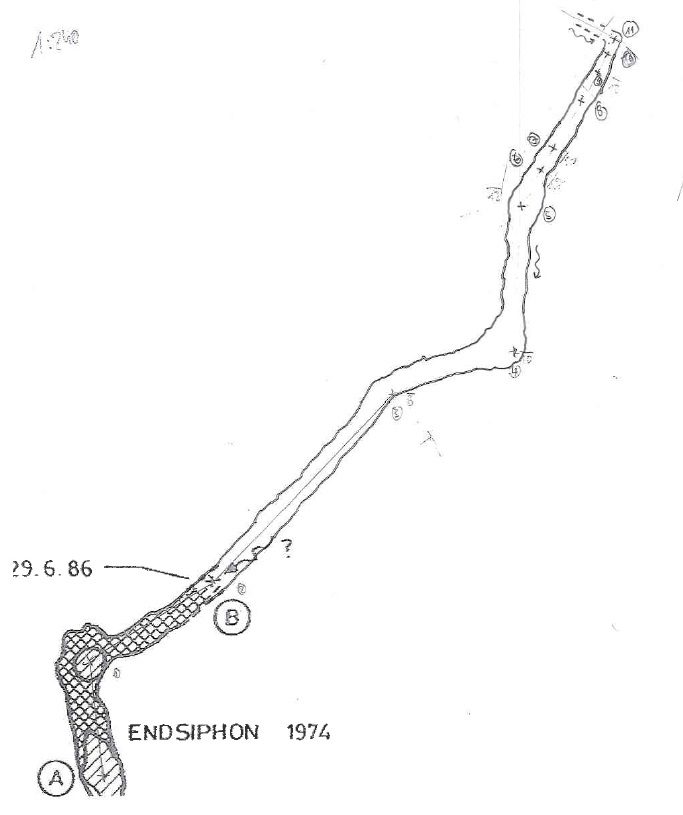
The diameter of the cave is about 1 m/3 ft, and the visibility, at least for me as a second diver, was almost zero. In my right hand I held the line that I could not let go of; in my left, I carried a Scurion primary light. I could barely see the line.I’ve never dived in such conditions before.
The cave went down, deeper, right, then left, right again, got narrower, until it was like a tube with a diameter of 50-80 cm/20-31 inches. Stefan fixed the line on a solid rock and we called the dive. Exiting with the flow was easy, but the visibility didn’t get better. Two minutes after surfacing in the pond, Stefan surfaced too. We laid a total of 65 m/213 ft of line in a cave where no one else has been before.
I could barely see my hand, but the dive was exciting, although I knew that losing the line was not an option! By the time we tied off and called the dive, the cave was getting smaller and smaller. The diameter was about 60 cm/24 in with a continuous strong flow. It was nearly impossible to penetrate further short of using a no-mount rig, which is not something I would be comfortable with.
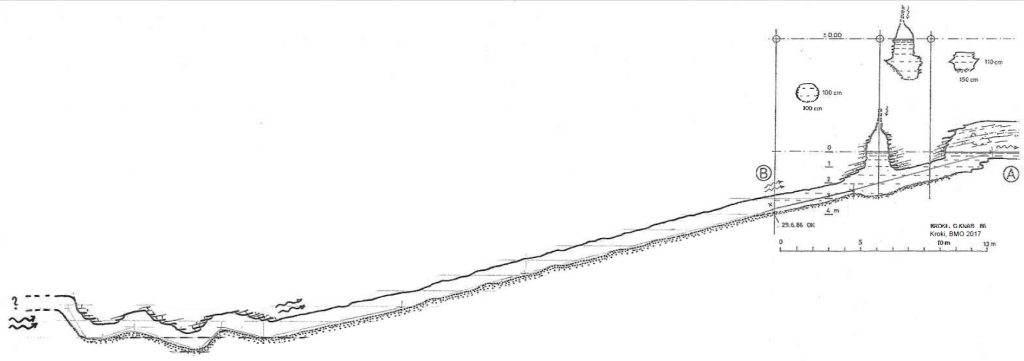
Photo courtesy of Bruno Moser.
Transporting the equipment back to the entrance and then to the car was easier than expected. However, before we started, we enjoyed the beautiful view once again and had a well-deserved beer. My thanks to Stefan for asking me to join him and a huge thank to Diego and Scuro for the help with the equipment. Without these two guys, this project would never have been possible.
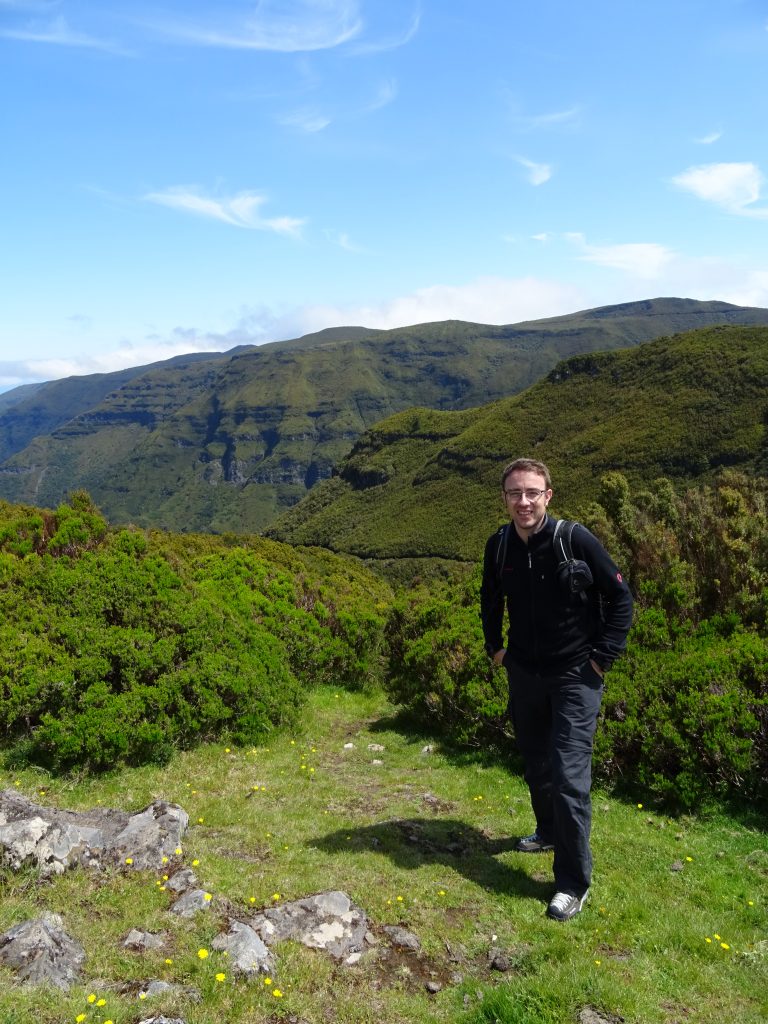
Based near Berne, Switzerland 45-year old Bruno Moser started diving in 1998, and is currently a cave diver and mixed gas diver. He also completed his GUE Fundamentals and DPV 1. A member of the Swiss Speleological Society, Bruno has conducted underwater cave surveys in French Jura and Switzerland, and participated in dry cave survey projects in Switzerland. He works as a project and construction manager.

